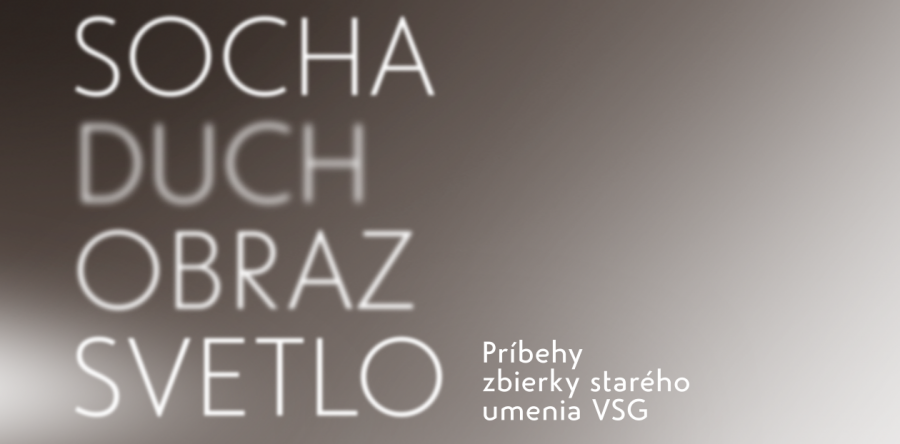accessing: July 17, 2018 / 10:00 a.m.
duration: July 17, 2018 – October 14, 2018
East Slovak Gallery, Hlavná 27
curators: Miroslav Kleban, Katarína Nádaská
The exhibition Sculpture, Spirit, Picture, Light introduces the art of the Gothic and Baroque period from the collection of the East Slovak Gallery. The gallery was established at the turn of 1951/52 as the oldest regional gallery in Slovakia and it started to build its collection in April 1952. The collection of old art was created in the first decade of the gallery’s existence.
The works of art in the collection were either transferred from other state institutions or they were purchased from private owners. Owing to its task of documenting and protecting the regional works of fine art, the East Slovak Gallery also acquired works coming from the older periods of art history. The main focus of the gallery’s collection is art of the 19th and 20th century. Therefore, the collection of old art stands out as a chronological overlap with a significant documentary character.
The individuality of the collection from the Gothic and Baroque period is mainly based on the character of solitary works, which selectively document the development of art history in Eastern Slovakia. These individual pieces vary in their quality and level of preservation. Even though the exhibition does not constitute a conceptual nor systematic overview of art history, it still serves as a reflection of the artistic production of the northeast counties of the Hungarian Kingdom.
The first permanent exposition of “Old Art in the Collection of Július Jakoby’s Gallery in Košice” was opened in 1994. It chronologically introduced various works from the middle ages to the 19th century.
Despite the fact that the current exhibition echoes the tradition introduced by the first permanent exhibition, its main aim is to present a great number of works, which are coming exclusively from the Gothic to Baroque period. It does not include the art of the 19th century as it is widely represented in other exhibitions and exhibition projects of the gallery.
It is only during special occasions that the works of the Gothic and Baroque period leave the gallery’s depositary, therefore, they became the sole focus of the current exhibition. The exhibits are chronologically ordered from the end of the 14th until the end of the 18th century. Visitors are allowed to see the gallery’s oldest pieces of art, the artworks borrowed or originated in the most distant locations or the works which were originally not part of the gallery’s property. In contrast to the collection of the 19th and 20th century art, the works of the older period constitute a marginalised and enclosed group with no further acquisitions.
The importance of this collection is therefore not embedded in the “grand history” of Gothic and Baroque but in the retelling of the “little history” of the region’s historic and artistic heritage preserved by the East Slovak Gallery.
In this exhibition, the position of the East Slovak Gallery is not that of an arbiter and producer of art. The gallery functions as a museum of art which collects documents and preserves the cultural heritage of the country for future generations. The 65-year-old history of the collection has also resulted in its specific development and alteration. It was influenced by the enthusiasm and professionalism of the first generation of academic art historians, as well as by the social circumstances. Along with the collector’s pieces, the gallery also preserves their unique stories, which became the stories of the whole collection.
The installation freely acknowledges the order in which the gallery acquired individual artworks. Many of the labels include a more detailed description of the exhibited works, discussing the process of works’ acquisition or restoration. The most outstanding works are those that embroil the viewer in their stories while opening the secret door to the gallery’s depositary.
The rarely exhibited collection of East Slovak Gallery’s oldest works mediates an extraordinary encounter with a period, in which art stood for craft, and aestheticism for beauty. The minimalist installation radiates with a Baroque appeal, interconnecting light and spirituality, and at the same time reveals the life stories of various objects, sculptures and paintings that come from the gallery’s original collection.



